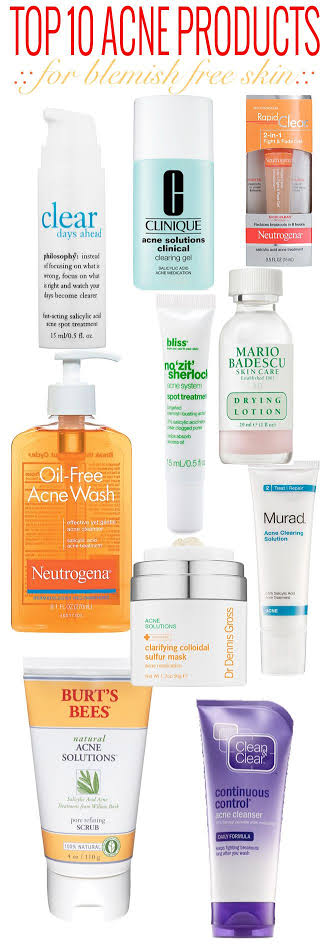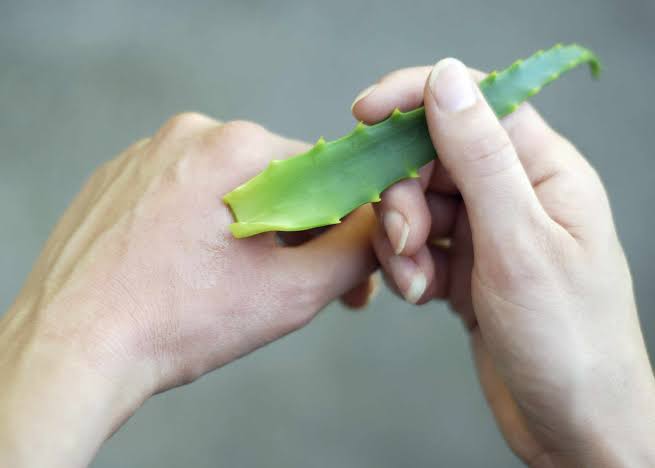Acne is one of the most common skin diseases in the United States – for example – as it affects 40 to 50 million Americans of all ages, races and backgrounds.
Blackheads or pimples are one of the problems that most people experience at some point in their lives. Pimples and blackheads are just two of the symptoms of the overall inflammatory condition referred to in the medical literature as “acne vulgaris.”
Acne symptoms
This condition is caused by blockage of hair follicles in the skin. This blockage usually includes oily or skin cells. When infected, you may notice one or more of the following symptoms:
White pimples, which close clogged pores.
Blackheads, which block open pores.
The red, sensitive bump called papules.
Blisters that contain pus.
Painful lumps under the skin, called nodules and cystic lesions.
These symptoms may not be limited to the face only. It may even occur on:
Noon.
Shoulders.
the neck.
the chest.
Causes of acne
When you have this skin problem, it is important that you do not blame yourself and feel that you are the cause of this because of certain mistakes you may have made, such as eating french fries and chocolate a lot or not caring about skin hygiene. Recent studies have proven that these errors – to some extent – are not the main reason for the emergence of this skin problem.
Instead, what happens in the skin is complex. The sebaceous glands at the tips of the hair follicles in your skin may be overactive, usually due to hormonal changes. As a result, the pores become clogged and inflammation will develop. This especially happens during puberty, which is why many teens experience acne. Knowing that this problem can occur at any age.
How to get rid of acne
Treatments for this condition aim to treat and prevent acne from recurring, as well as to prevent the appearance of scars. These treatments include:
Over-the-counter treatments
The first solution to consider is treating acne at home with one of the popular over-the-counter (OTC) treatments. This may only be appropriate for minor cases.
The chemical compound “benzoyl peroxide”
The most well-known acne treatment is that of the benzoyl peroxide antibacterial agent. This is because:
It does not pose a risk from bacterial resistance to benzoyl peroxide.
Adding benzoyl peroxide to antibiotic therapy is recommended because it reduces the risk of bacterial resistance.
It’s available in creams, cleansers, and spot treatments. It comes in different concentrations depending on the severity of the problem.
It is easy to find in many stores.
It works by killing bacteria under the skin and clearing pores.
It is good for inflammatory acne (those red bumps).
However, it is not a good option in the following cases:
It is not good at treating blackheads and whiteheads.
It is also not effective for nodular acne – the most serious acne category. Which requires the intervention of a dermatologist.
Note that products containing salicylic acid may also help treat a minor acne problem


